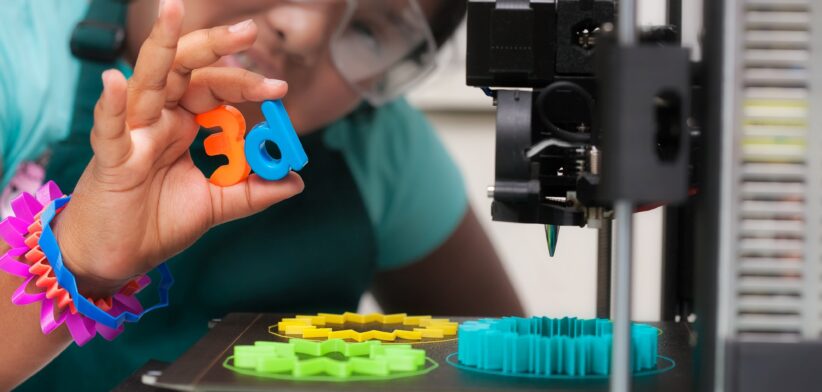A mobile 3D printer has been developed which creates objects on demand in the environment they will be used.
University of Washington researcher Daniel Campos Zamora said current 3D printers were largely fixed in place, meaning if 3D-printed elements needed to be added to a room, the space must be measured, then objects scaled, printed elsewhere and fixed in the right spot.
Mr Zamora said handheld 3D printers existed, but lacked accuracy and came with a learning curve.
“Digital fabrication, like 3D printing, is pretty mature at this point,” he said.
“Now we’re asking how can we push it further and further into the world, and lower the barriers for people to use it? How can we change the built environment and tailor spaces for peoples’ specific needs, for accessibility, for taste?”
Mr Zamora said their device could automatically measure a room and print objects onto its floor, with a graphic interface allowing users to design objects for the space that the robot had mapped out. (Watch the video below)
He said the prototype was built on a modified consumer vacuum robot.
“The prototype system can add accessibility features, such as tactile markers for blind and low-vision people. Or it can create a ramp to cover an uneven flooring transition.
“(It) also allows users to create custom objects, such as small art pieces up to three inches tall.”
Professor Jon E. Froehlich said researchers were working on having the printer remove objects it had printed and potentially recycle the plastic.
Professor Froehlich said they were also interested in exploring the possibilities of robots that printed on other surfaces, such as tabletops or walls, in other environments, such as outdoors, and with other materials, such as concrete.
“I think about kids out biking or my friends and family members who are in wheelchairs getting to the end of a sidewalk without a curb.
“It would be so great if, in the future, we could just send (the) robot down the street and have it build a ramp, even if it was working just for a short period of time. That just shows you how reconfigurable environments can be.”








